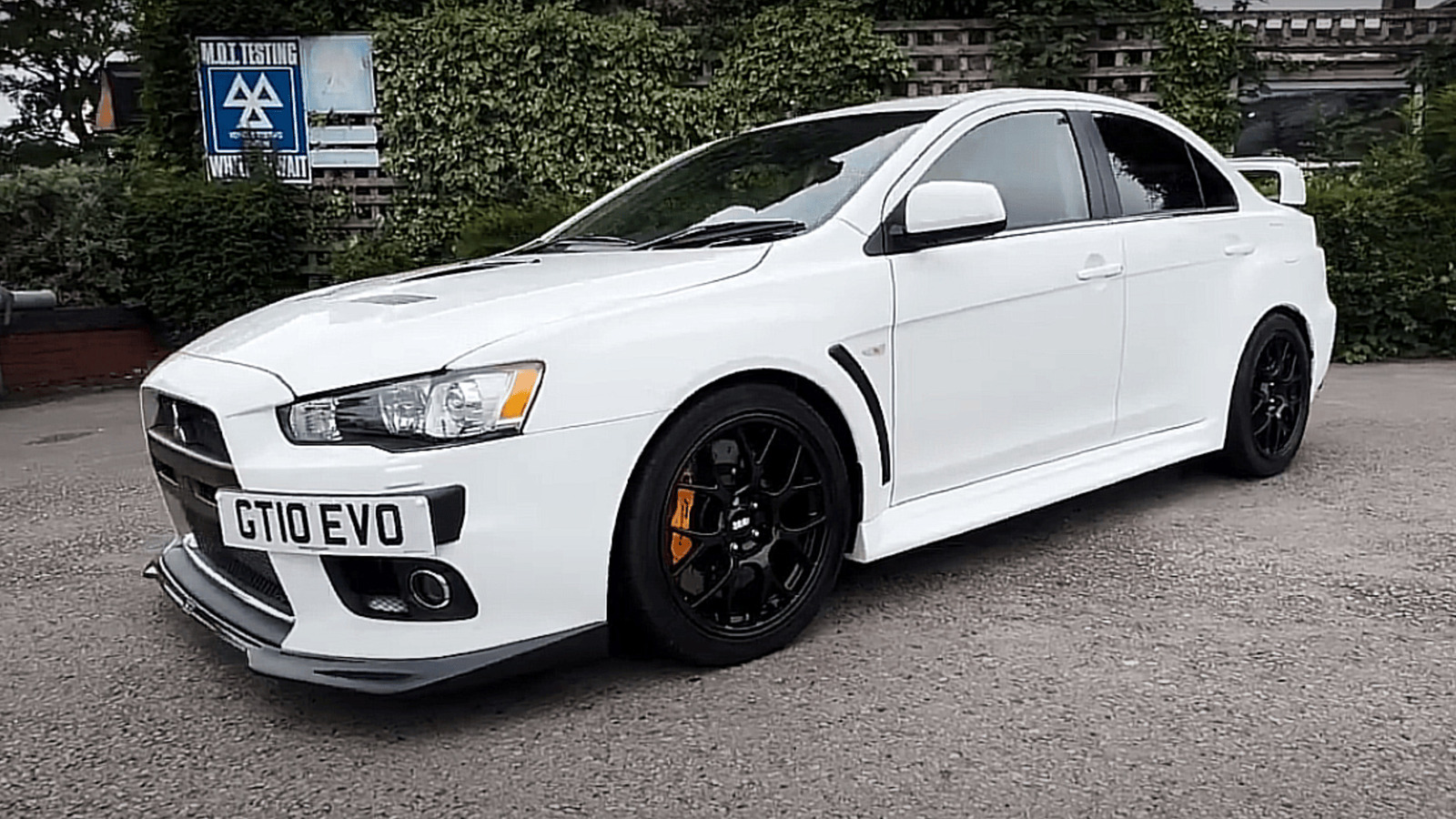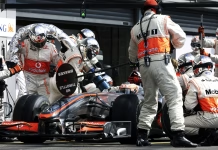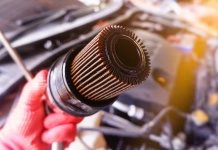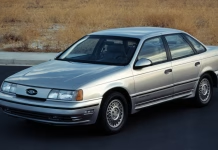How F1 Cars Mastered Lightning-Fast Refueling Before the Ban
Sophisticated technology let F1 cars be refueled far faster than you could do it at a service station. Then some ugly incidents led to refueling being banned.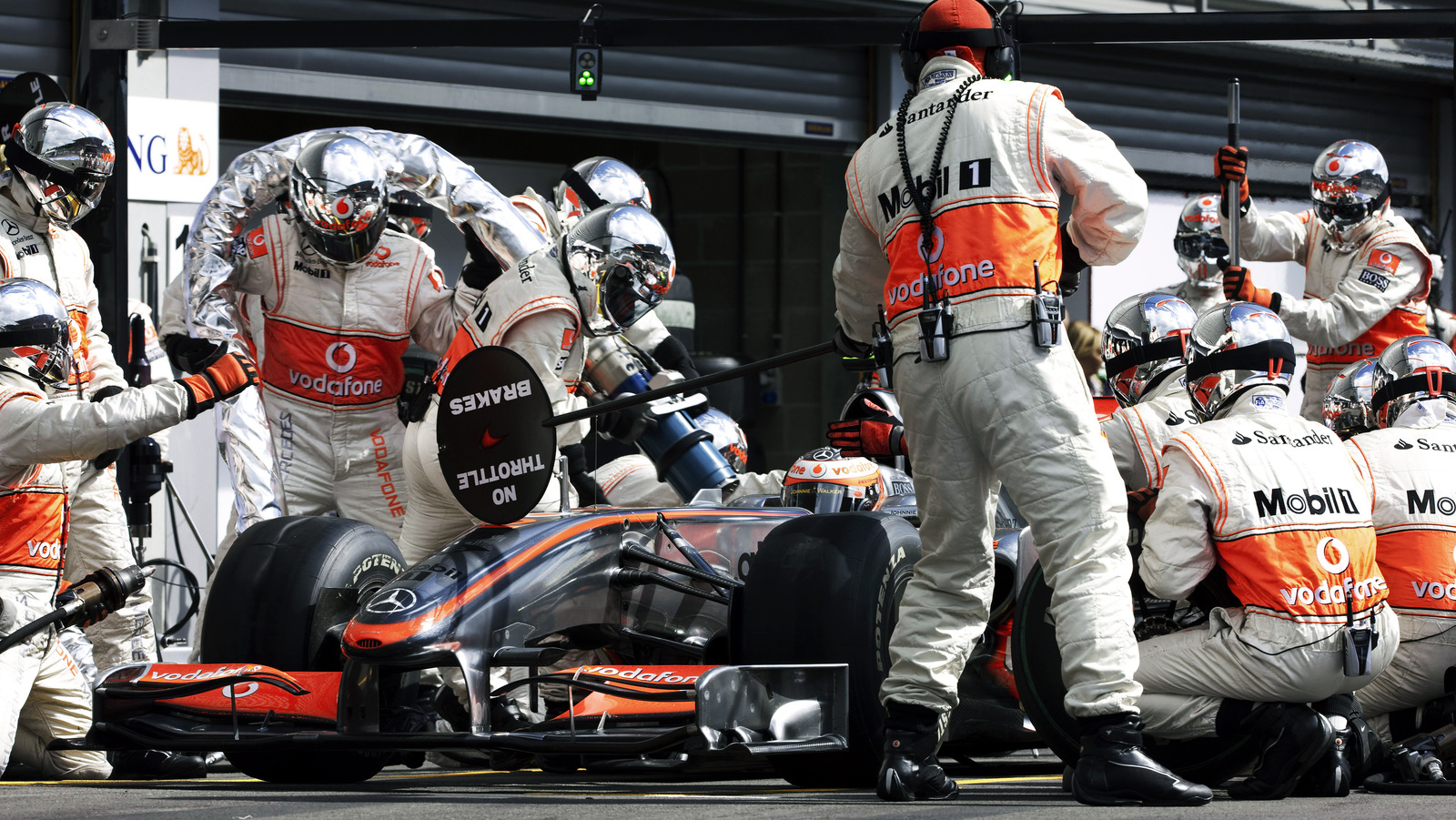

How Often Should You Replace Your Car’s Fuel Filter for Optimal Performance
It's easy to overlook fuel filter replacements, but depending on your car make and model, it may be due for a new fuel filter to keep it running.

What You Need to Know Before Deleting Your Truck’s EGR System
Are you thinking about doing an EGR delete on your truck? Before you do, it's important to know the legal and performance aspect of the modification.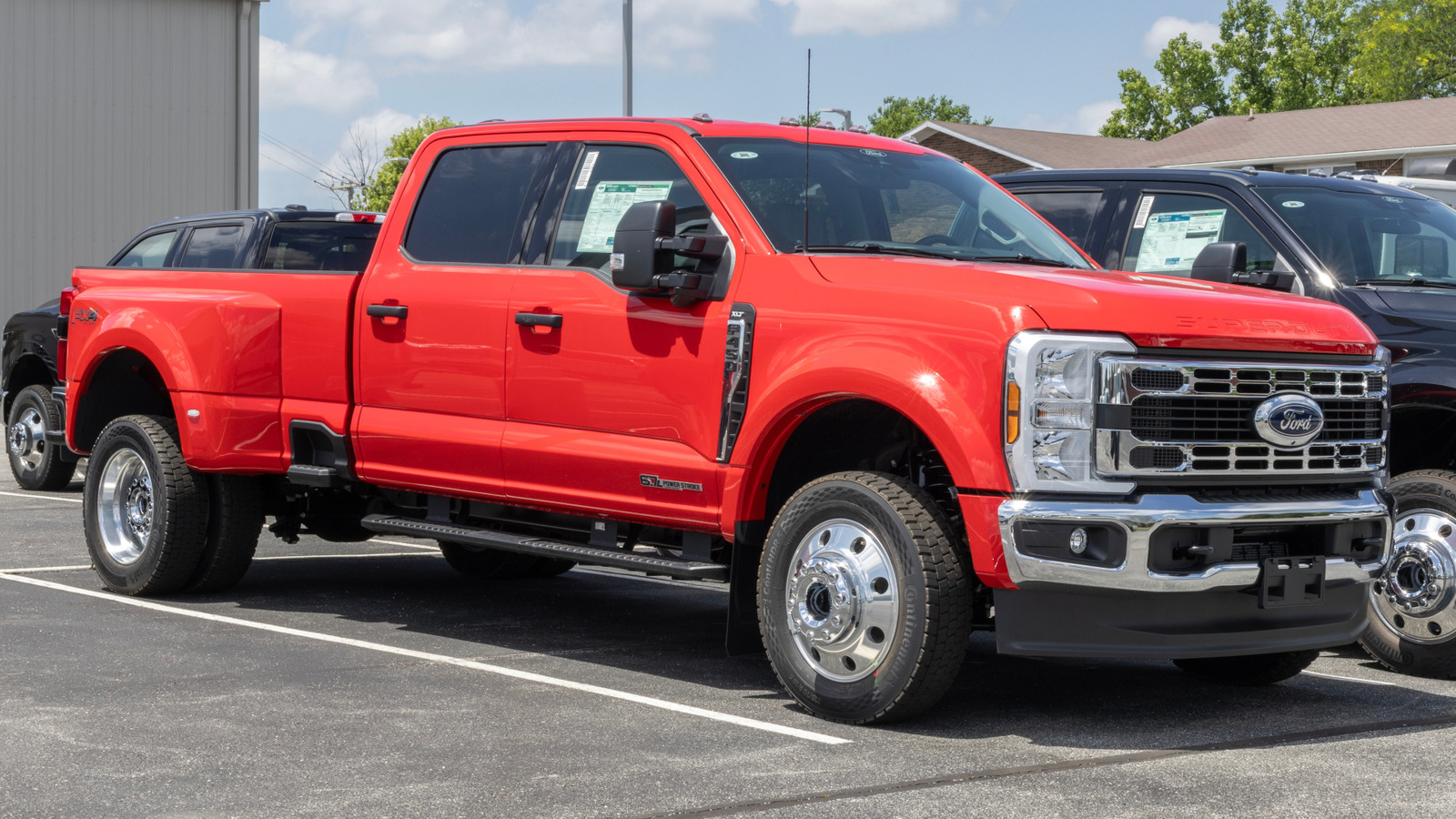

Why Dodge Dart Owners Still Defend Their Underdog Sedan
Despite lingering on dealers' lots years after it was discontinued, the modern Dodge Dart wasn't such a loser. If you criticize it, you'll pay a price.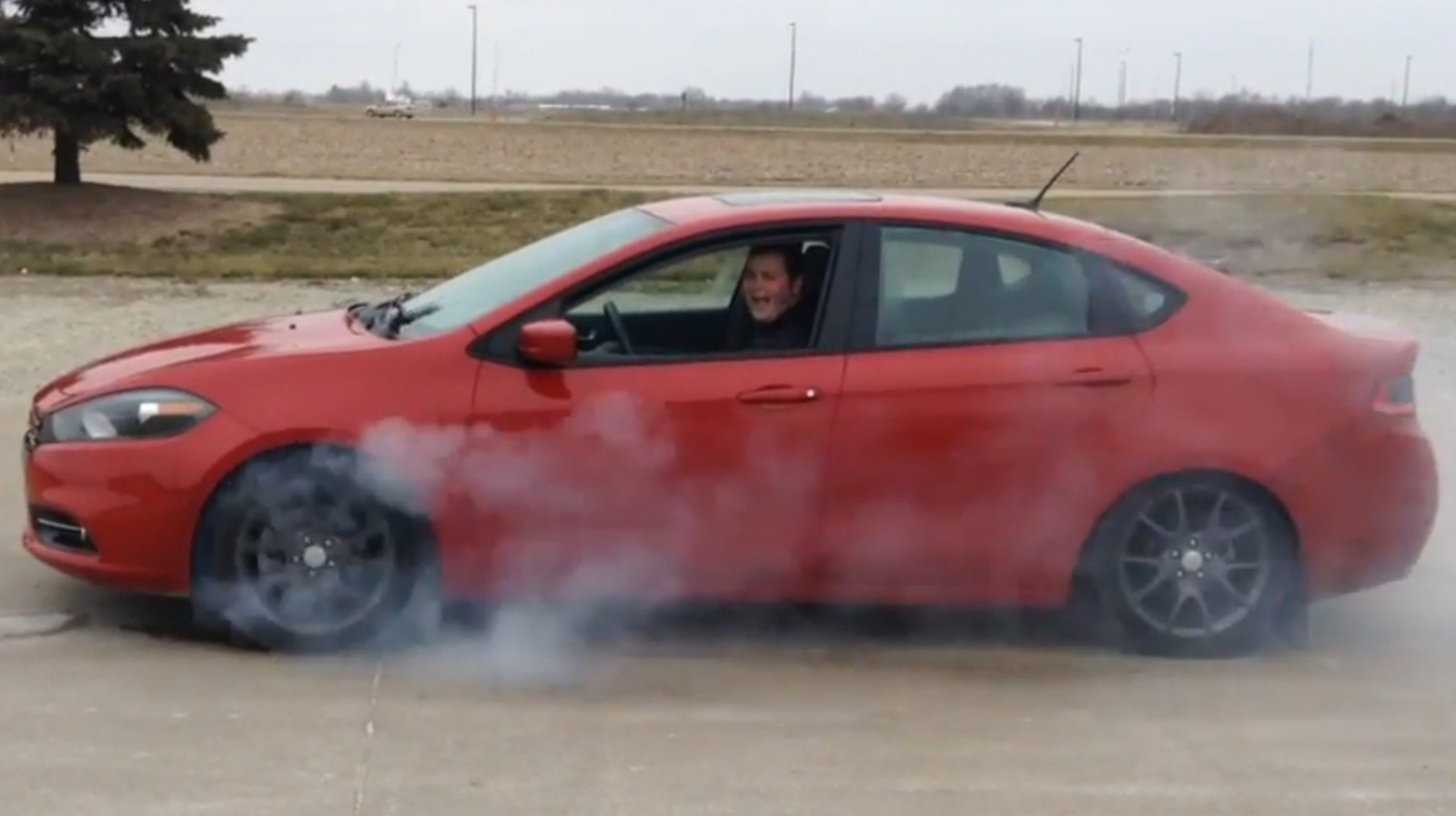

What Texas Edition Trucks Really Offer Beyond the Badge
Texas Edition trucks aren't limited to the Lone Star State. While features differ between brands, but here's what you can expect from these trucks.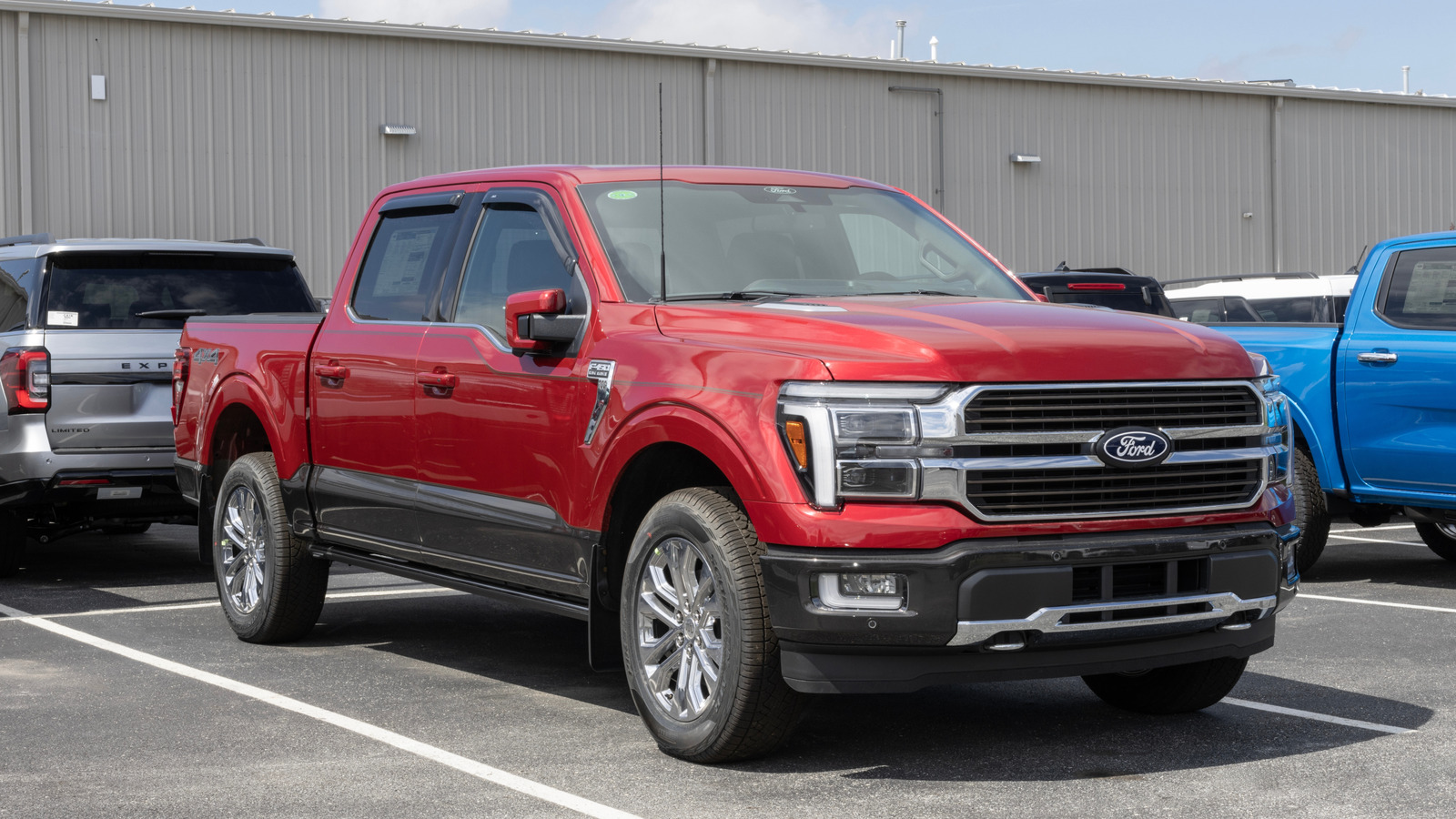

OEM vs Aftermarket Parts: What to Choose for Your Next Car Repair
Vehicle repairs are inevitable, and when you need a part, you have two options: OEM or aftermarket. Before buying, here are the pros and cons.

Turning Left on Red: Surprising State Laws Every Driver Should Know
Every driver in the U.S. is familiar with turning right at a red light, but turning left is a different story. It's awkward, but it's allowed in some states.

The Last American Car With a Classic Three-on-the-Tree Shifter
It's been over 20 years since American car manufacturers said goodbye to the three-on-the-tree. This was the very last model you could buy with the feature.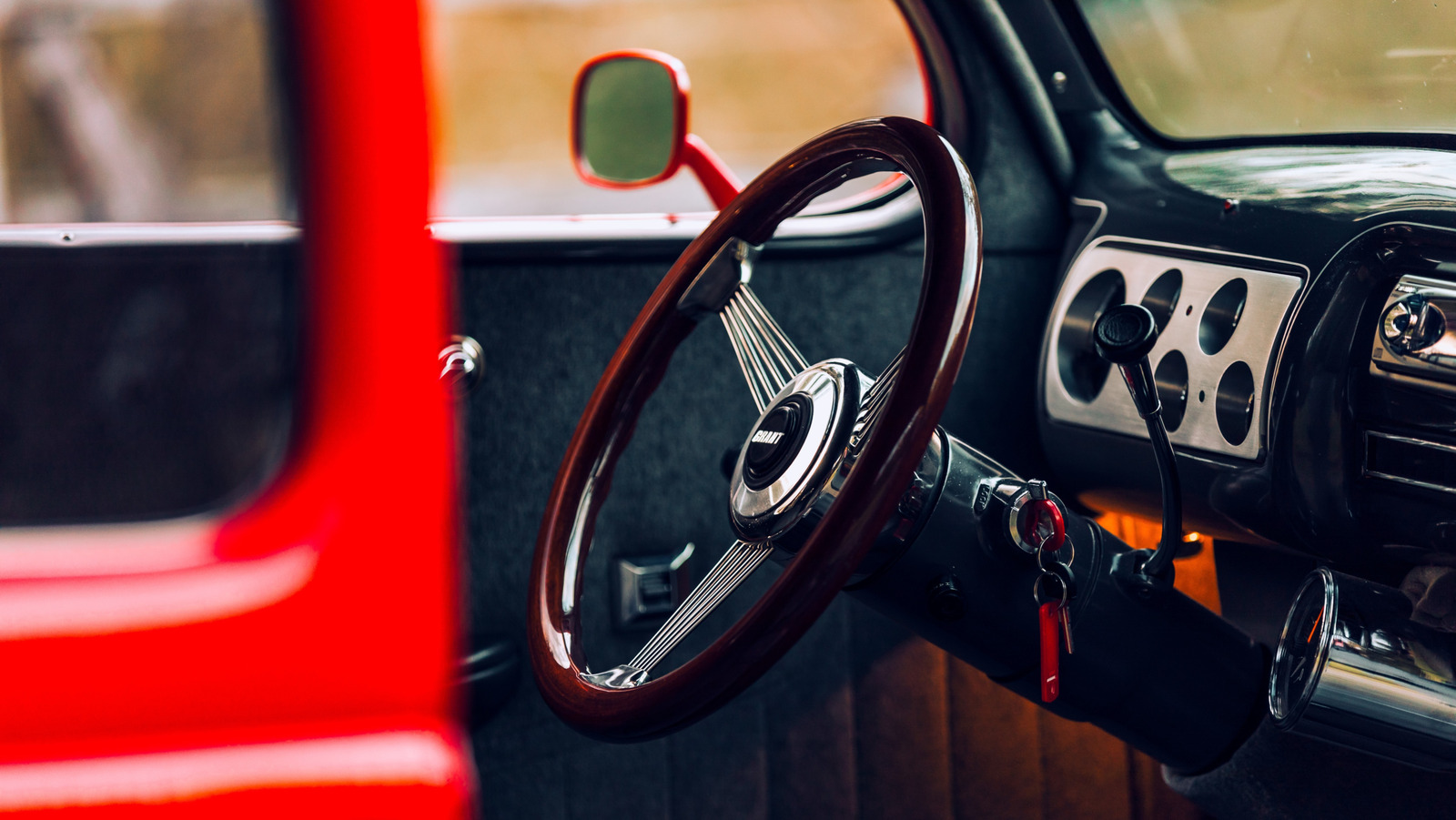

Unveiling the Meaning Behind Ford’s SHO Badge and Its Performance Legacy
Ford had put the SHO label on quite a few of its deemed performance models, but what does it actually mean? Here's everything you need to know.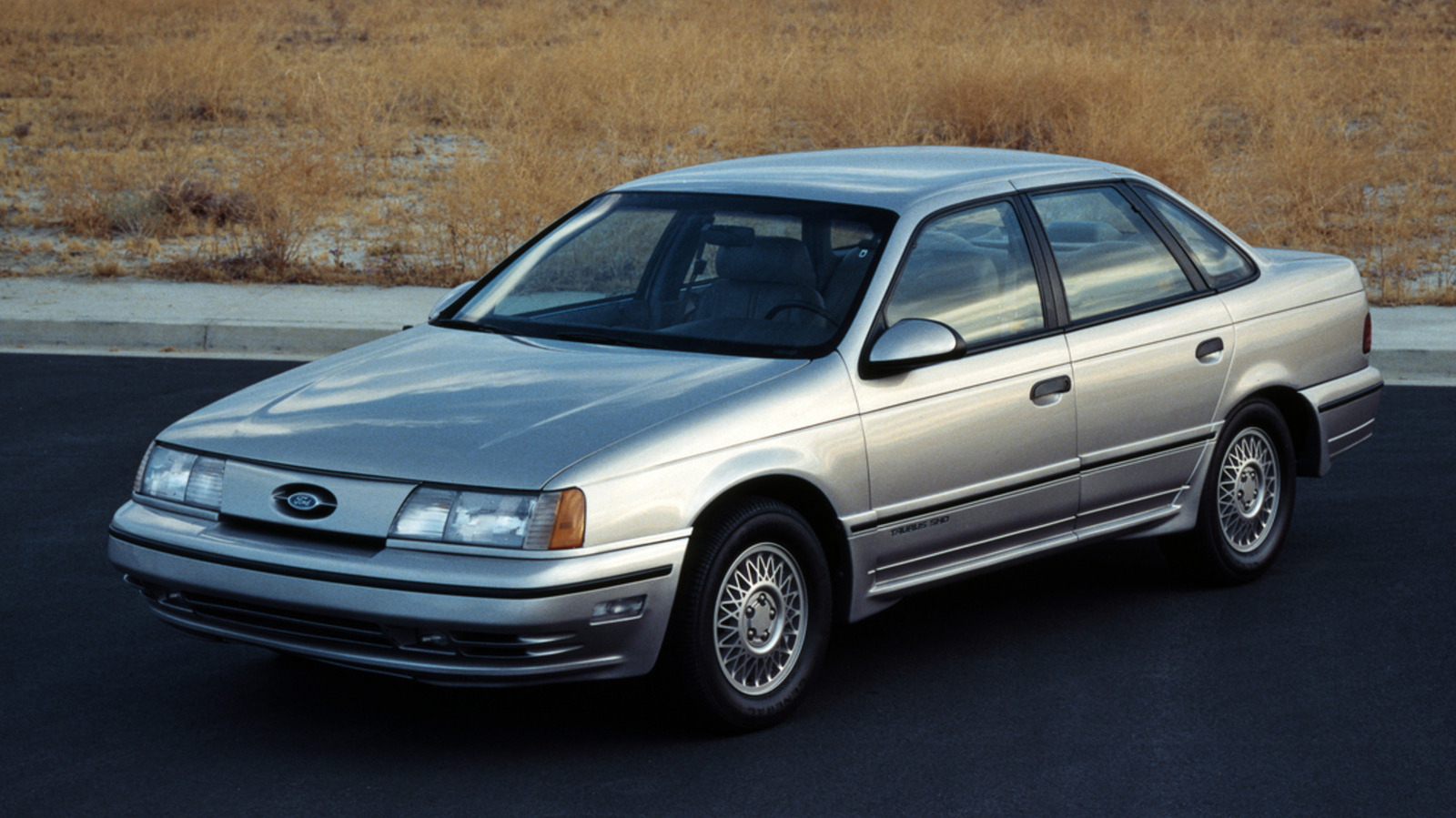

Rare Mitsubishi Supercar Outpaces Modern Exotics with Record-Breaking Power
This limited-run version is almost impossible to find today, but its specs are still impressive, beating not only the Chiron but many other modern exotics.